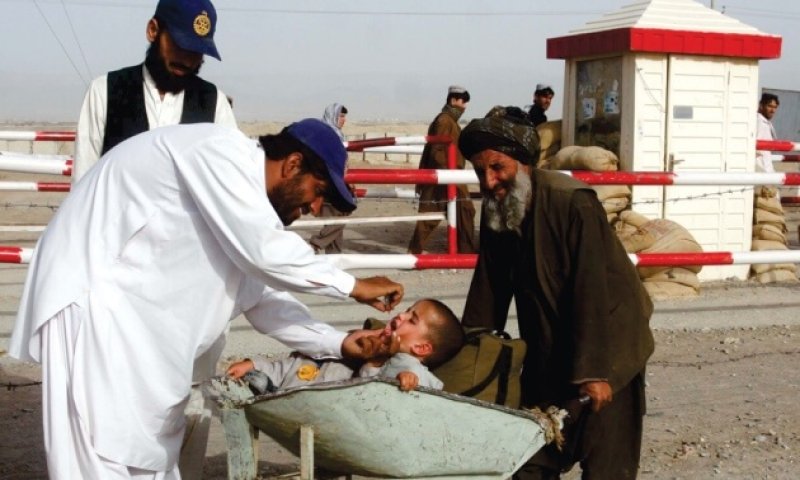Our ability to collect data far outpaces our ability to fully utilize it—yet those data may hold the key to solving some of the biggest global challenges facing us today.
Take, for instance, the frequent outbreaks of waterborne illnesses as a consequence of war or natural disasters. The most recent example can be found in Yemen, where roughly 10,000 new suspected cases of cholera are reported each week—and history is riddled with similar stories. What if we could better understand the environmental factors that contributed to the disease, predict which communities are at higher risk, and put in place protective measures to stem the spread?
Answers to these questions and others like them could potentially help us avert catastrophe.
…
All of this illustrates the potential for big data to solve big problems. Los Alamos and other national laboratories that are home to some of the world’s largest supercomputers have the computational power augmented by machine learning and data analysis to take this information and shape it into a story that tells us not only about one state or even nation, but the world as a whole. The information is there; now it’s time to use it.
Read full, original post: How Big Data Can Help Save the World































